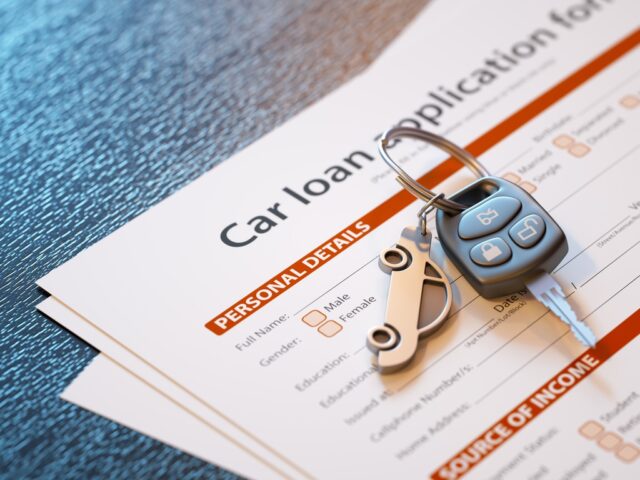If you’re in the market for a new car, you can either pay for your vehicle with cash or choose car financing. Buying with cash involves parting with a lump sum at the point of purchase. Car financing involves using a loan to pay for a new used or pre-owned vehicle. Like most loans, auto loans also involve working with a lender like a credit union, bank, or lending entity to find a suitable deal and then making monthly loan payments to the lender. Sounds overwhelming? Don’t worry. Let’s break it all down. Here are some important terms you’ll encounter when financing a car.
Annual Percentage Rate:
This is the total cost the borrower pays on the loan each year. This total cost includes fees expressed as a percentage. An APR is a snapshot of how much you’ll end up paying, as opposed to an interest rate that doesn’t include fees.
Car Loan Term:
The number of months you have to pay your loan is the car loan term and they range from 12-month increments to seven years.
Principal and Interest:
The term Principal refers to the money you borrowed from a bank, credit union or lender. The interest refers to what it costs you to borrow the principal.
The first step in financing your car is checking your credit score. A high credit score gives you the option of getting a low-interest rate on your loan. Once you’ve worked on getting your credit score to 661 or higher, the next step involves getting pre-approved by your credit union or bank for a loan.
Getting preapproved gives you negotiating power at the dealership and allows you to get the sales price to where you want it to be. Your credit union or bank will do a deep dive into your credit score, income, car loan term, the amount of the down payment, debt, and other financial factors to pinpoint your ideal loan rate.
Once you’re pre approved, you can find a dealership and vehicle that suits your budget and needs. The most important part of financing a car is finding the right lender.
Credit Unions offer lower rates than banks. Some also provide loan pre-qualification, personal auto-buying concierge services, low-cost loan protection add-ons, no application or funding fees, and lending options for buyers with bad credit. Dealerships offer attractive financing promotions. Banks provide auto loan financing and pre-qualification but have stricter lending guidelines, especially if you have low credit.






